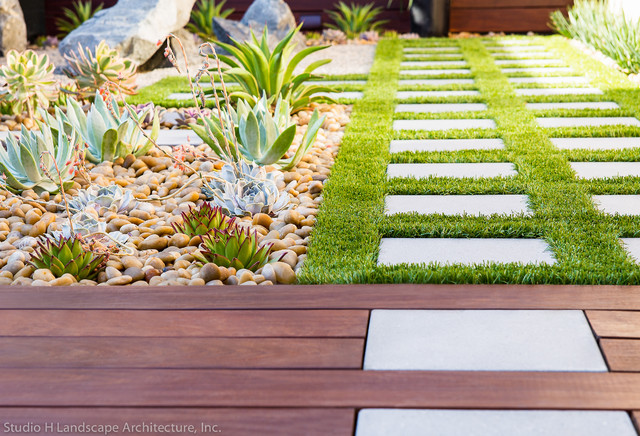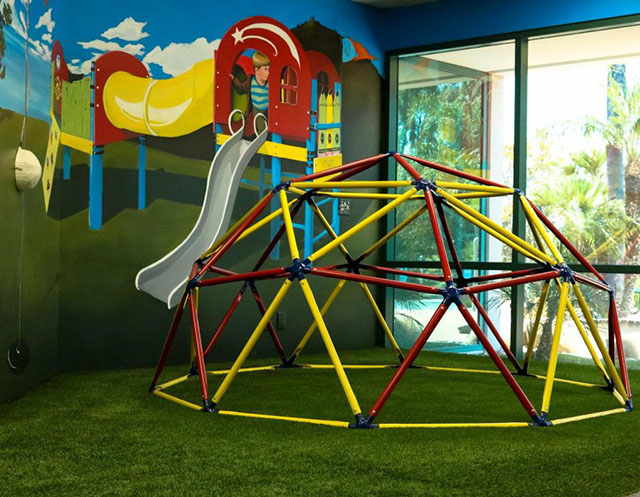You can have your beautiful garden, even in a drought. The secret to a drought-tolerant garden is to plan it out. The result is lovely vegetables, flowers, and plants that will make your heart happy.
Creating a drought-tolerant garden takes some research and creativity, but it can be done fairly simply. Below are some tips to get you started.
Pick Natural Plants
The best plants for areas that experience drought on a regular basis are those that already grow and thrive there. There are many types of plants that work well in desert conditions. That includes cacti but goes well beyond that to grasses, certain trees, and flowers.
If you want a vegetable garden, you should experiment with things like peppers, cabbage, broccoli, a variety of beans and even tomatoes. All grow well in a drought. Be sure to see how much water a plant will need to grow before you start planting. It is important to be picky about what plants you place in your drought-tolerant garden.
Set Space to Hold Water
A key factor in creating a drought-tolerant garden is creating a space that will retain water. This can be done by using certain products. Small rocks placed in the bottom of the plant bed helps. Creating pots or troughs to plant your garden will also go a long way to holding water rather than it draining away through the ground. They will also help in conserving water too because they are a contained space you can water directly rather than use a sprinkler or irrigation system.
Organic compost helps hold moisture well and provide nourishment to plants as they grow. Topping the soil with mulch or pea rocks will help reduce weeds and helps water flow deeper into the soil.
Water Rules
The secret to proper watering is when and how you do it rather than how much you do it. The absolutely best time to water your garden is early in the morning before the sun is hot enough to cause evaporation. Another good time is at dusk, so the water has time to settle before the sun shines again. However, the problem with dusk watering is it can cause some mildew because of the number of hours the water sits before sunrise.
Another factor is to water deeply and for longer periods of time, but not as often. Watering every day for short periods does virtually nothing to help your plants because water remains on the surface. It needs to get to the roots. Watering deeply for a length of time will help your plants fare much better. It could actually result in less water being used also.
Another trick is to put a pipe leading into the roots where you can water directly into the pipe rather than on the surface. This is especially good for trees and vegetables.
Finally, you can redirect your water use to your drought-tolerant garden by installing artificial grass around it and in other parts of your yard. Since you don’t water artificial grass, you can use more water on your live plants. A border of artificial grass around your garden will help reduce weeds in it as well. Learn 5 other drought problems artificial grass can solve.
Changing a few simple habits and implementing some new methods will help you have the garden you’ve always dreamed of in spite of what Mother Nature does.






